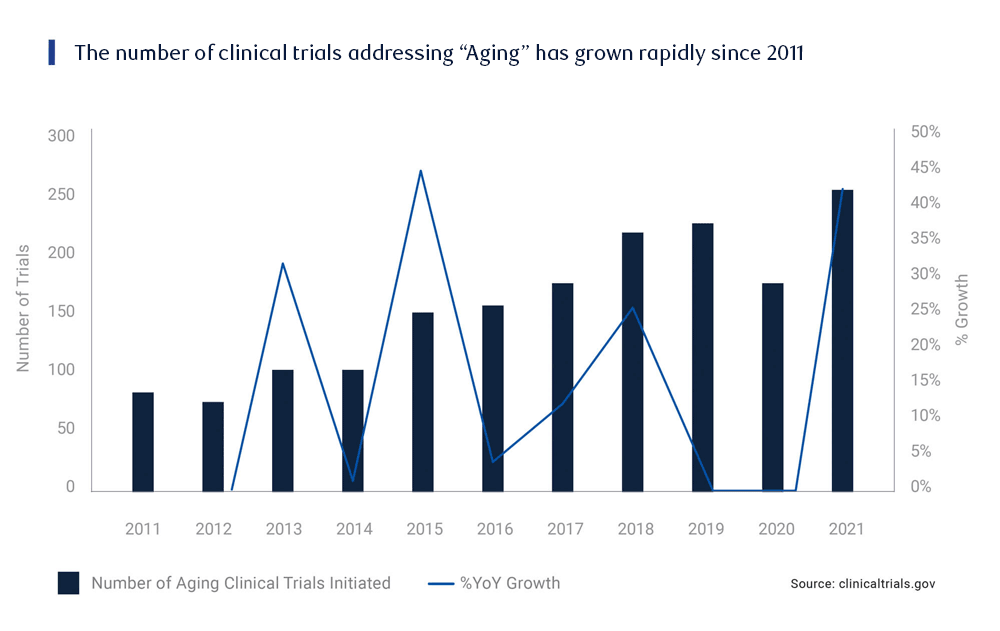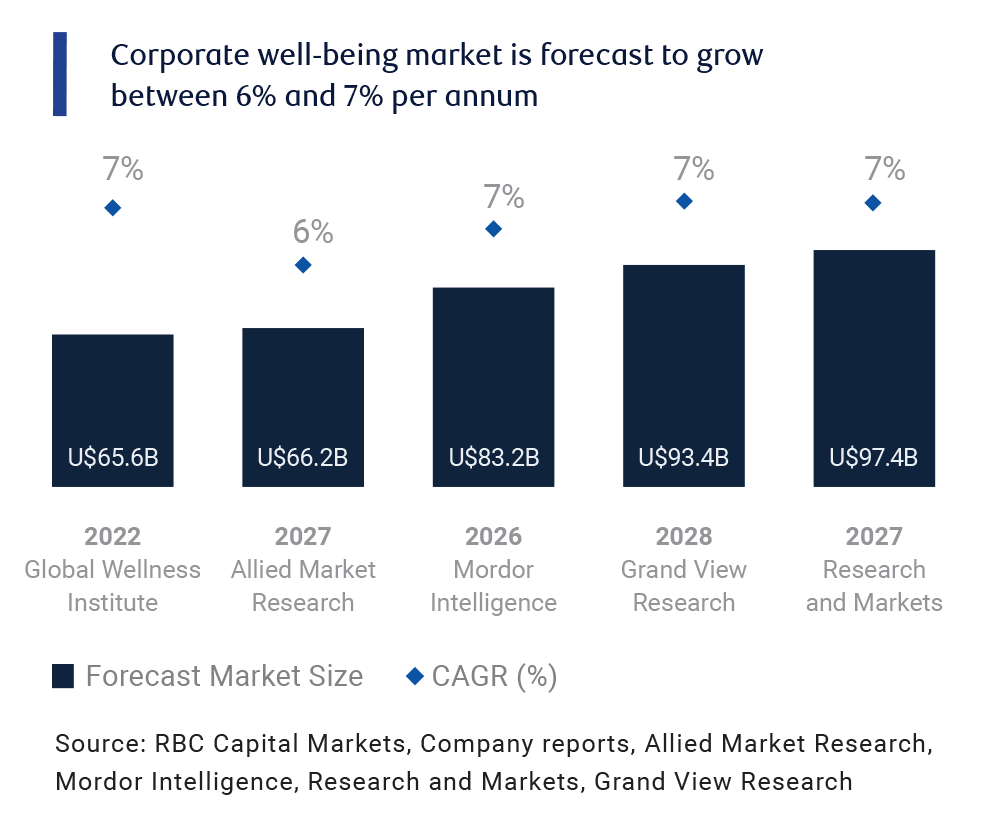Key Takeaways
- We are on the cusp of further major medical breakthroughs that will tackle brain health, genetic medicine and cancer treatments.
- Telemedicine will improve access to higher quality healthcare, allow for better disease recognition and continuous care, and eventually, facilitate robotic surgeries.
- An aging population will have different needs and wants, spending longer as consumers, heightening energy demand and changing our current ideas of elder care.
- Healthcare equality, control of data and the funding and pricing of novel therapies will all be key areas of concern for the future.
Who wants to live forever?
As human beings, we love life, and we want more of it. Never have we been so close to realizing our ambitions to live longer, healthier lives. Global life expectancy has doubled since 1900 and in the decade leading up to the global COVID-19 pandemic, it went up by another six years. This change has been fueled by rising living standards and education around the world, but most recently, the pace of innovation has accelerated, as medicine and technology take enormous leaps forward.
Concepts such as cellular therapies, mRNA vaccine technologies, gene manipulation, and personalized medicine all seemed unrealizable just ten or 20 years ago. But now we are on the cusp of further major developments in brain health, genetic medicine and cancer treatments. We are not only innovating new breakthrough therapies, but coming to a greater understanding of our biology. Biopharma is poised to leverage that understanding to make the next set of innovative advances that can enhance lifespans and quality of life.

The doctor will (virtually) see you now
Treatments themselves are changing and so too is the way that we access and consider our healthcare. Telemedicine claims, while down off of peak pandemic highs, are still up over 2000% versus pre-pandemic levels. As virtual healthcare advances, more seamless interactions with practitioners should further improve disease recognition and continuous care for larger populations, and enable people to take greater control of health-related decisions.
“Robotic telesurgery could provide accessibility to world-class surgeons in locales where medical access is unavailable or severely limited.”
Shagun Singh
Medical Technology Analyst, RBC Capital Markets
Underpinning the virtual health revolution is the evolution of 5G. As this network develops, it will allow expanded connectivity across areas currently underserved for internet access. This will in turn facilitate more equitable access to higher quality healthcare. Simply put, it will become possible to access the expertise and talents of physicians all over the world, from home.
Healthcare equality and changing demographics
We already see today that consumers are embracing greater access to information about their health and the idea of personalized healthcare and wellbeing. People are pushing for greater availability of healthier food choices and sustainable foods, and are placing more emphasis on physical and mental wellbeing in the workplace. This understanding of, and interest in, our own health will also push into other areas, such as air quality in buildings and improved safety in smarter vehicles.

As well as conscious demands, an aging population will also have different medical needs, consumer tastes and even political inclinations. Elder care is likely to evolve away from the idea of nursing homes towards comprehensive living centers catering to a more vigorous, interactive older generation where physical therapy, wellness, and exercise facilities will become increasingly incorporated. There may also be a shift in family living dynamics, where multiple generations again decide to live together.
With these changes will also come new challenges. How, for example, does a pharmaceutical company decide the payment plan for a treatment that cost millions to develop, but will cure the patient in one doctor’s visit? Ensuring innovations in healthcare and technology reach across class and geographic borders will be crucial so as not to intensify economic and political divisions. But while we may cure some diseases, others are likely to emerge as we live longer. Companies and society will need to be poised to combat these and improve the way we fund and deliver them.
As our health visits, records and real-time monitoring are digitized, control of data will become particularly important. Extended lifespans will also have an enormous impact on energy demand, just as we’re in the middle of transitioning to cleaner sources of energy.
The quest for improved health is likely to permeate society in more ways than ever. How we pursue our dream of immortality and react to the changes it brings about will be core to how we invest – and live – in the future.
